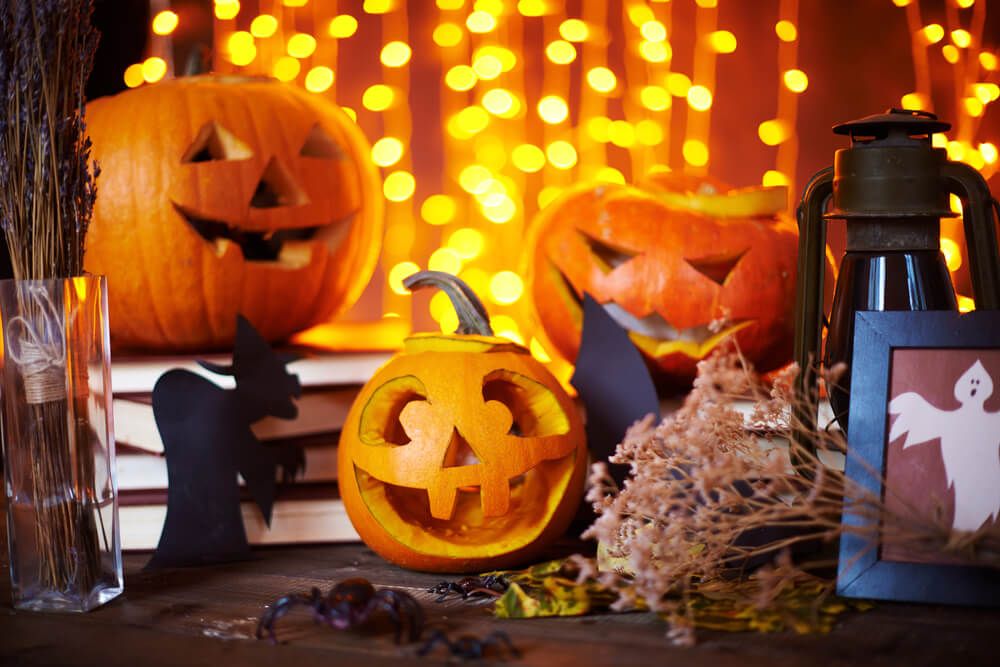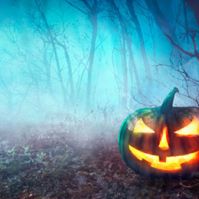A lot of people believe that Halloween is a satanic holiday. But is it actually? Where does Halloween actually come from? While the spooky season is often wrapped in cobwebs, costumes, and creepy imagery, its history is far less sinister than some might believe.
Is Halloween Satanic in Origin?

No, Halloween is not Satanic in origin. The holiday traces its roots back thousands of years to harvest festivals and religious traditions that were neither evil nor devil-worshiping. Over time, these traditions evolved through cultural exchanges, religious influences, and good old-fashioned human love for celebration.
What’s the True Story Behind Halloween?
Long before anyone carved pumpkins or went door-to-door asking for candy, the Celts of ancient Ireland and Scotland celebrated Samhain (pronounced “sow-in”). This festival marked the end of the harvest season and the start of the darker half of the year.
The Celts believed that on the night of Samhain, the boundary between the living and the dead was thinner, allowing spirits to pass through. Families would light bonfires, wear disguises to ward off wandering souls, and leave food as offerings to honor the dead.
When the Romans arrived in Celtic lands, they brought their own autumn celebrations, such as Feralia (a day to honor the dead) and a festival for Pomona, the goddess of fruit and trees. These merged with Samhain customs, adding layers of meaning and festivity. While these observances might seem mystical, they were centered on remembrance, protection, and community.
How Was Halloween Modernized?

Fast forward several centuries, and Halloween began to take on new forms thanks to Catholic influence. In the 8th century, Pope Gregory III established All Saints’ Day on November 1, with All Hallows’ Eve (October 31) serving as its vigil. This Christianized the celebration, reframing it as a time to honor saints and pray for departed souls.
Over time, immigrant communities, particularly Irish and Scottish, brought Halloween traditions to North America. Pumpkin carving, trick-or-treating, costume parties, and haunted attractions developed into the holiday we know today.
The reason some might associate Halloween with Satanism is because of its imagery. Popular culture has embraced witches, ghosts, black cats, and other “scary” figures to create a fun, spine-tingling atmosphere.
Some people misinterpret these as satanic symbols, forgetting they are theatrical props rather than invitations to evil. In reality, Halloween’s evolution has been shaped more by church observances and cultural fun than by anything sinister.
Halloween Is a Festive Time, Not Satanic
So no, Halloween is not Satanic. It’s a time for communities to gather, kids to enjoy costumes and candy, and adults to indulge in creativity and lighthearted frights. Understanding the truth about the holiday can help bridge gaps with people who might be hesitant to join the fun.
If you feel called to lead, teach, or serve others, Halloween can be a perfect chance to connect with your community in creative, meaningful ways. Becoming a minister with the Universal Life Church empowers you to officiate weddings, offer blessings, and provide spiritual support year-round—spooky season included.



